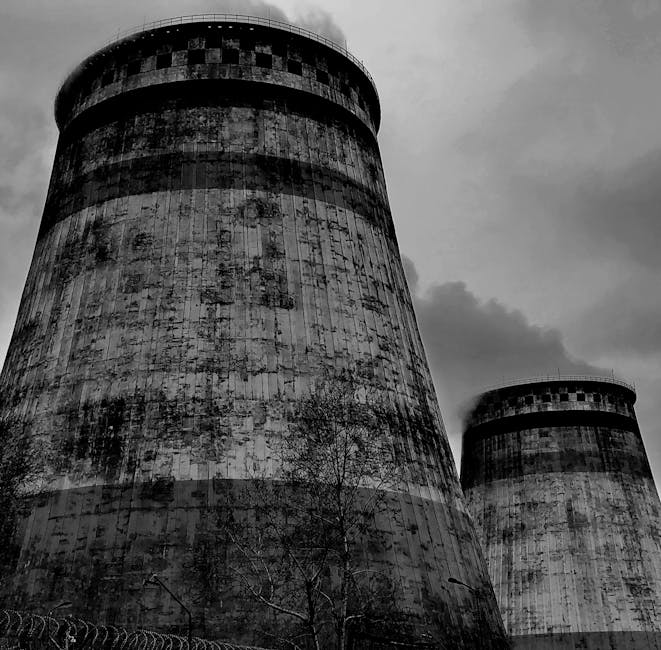Hi, I'm Vance and welcome to Repair and Replace. Appliances are made up of some basic electrical
components. Understanding these components can help you
troubleshoot your appliances. In part one, we learned how to do a continuity
test to see if a component has failed and then looked at fuses, heating elements and
thermistors. You'll find part 1 linked in the description
below. Today we'll finish learning about switches,
solenoids, and motors. Let's begin. Switches are components that connect and disconnect
power in a circuit. Mechanical switches have contacts that are
pressed together mechanically. This includes door and other toggle switches. Thermal switches respond to heat and will
disconnect power at a set temperature. In some cases these are called high limit
switches, bimetal switches or thermostats.
Some switches will reset automatically, and
others will use a reset button. These are commonly found in furnaces,
dryers and water heaters. Pressure switches respond
to a change of airflow. These are used in furnaces, power vent
water heaters and some washing machines. Switches are either normally open or normally
closed. Normally open switches, do not have continuity
until the switch is pressed closed. One example is a dryer door switch that shuts
off the dryer when the door is opened. Normally closed switches, have continuity
until the switch is opened. For example a high limit switch rated to open
at 200°F will have continuity at room temperature. Keep in mind that even if a limit switch has
continuity, it doesn't mean that it is
functioning correctly. As the switch wears down, it can open at
lower and lower temperatures, and can cause an appliance to shut off
before it fully heats up.
Solenoids use small electromagnets to convert
electricity into linear mechanical motion. This allows for the remote control of door
locks, or the control of water valves in
washing machines, dishwashers, and refrigerators. When water is needed, the coil will energize,
creating a magnetic field. This moves the plunger and opens the valve. You will likely hear a click when this happens. When the power shuts off, the spring will
push the valve closed.

Now if the solenoid doesn't have continuity,
then the coil will not energize and the valve
will not open. Keep in mind solenoids can also fail mechanically,
and even with continuity the valve might be stuck open or stuck closed. Motors use coils of wire to create a rotating
magnetic field. If the motor isn't running first check to
see if its seized up. If the rotor doesn't spin freely, then replace
the motor. Next check the motor windings for continuity. Without continuity, there will be
no magnetic field. As well you can check to see if the motor
is shorted to ground. Simply test from the terminals to any metal
on the frame. If there's continuity, then the motor is shorted
and will need to be replaced. A lot of appliances will use small, low torque
motors. These are found in bathroom fans, refrigerators
and convection ovens. Larger motors like those used in furnaces,
air conditioners and pumps need a capacitor to
start and operate the motor. Capacitors store electrical energy but can
weaken over time, so it's best to check the capacitor first
before replacing the motor.
Keep in mind capacitors can still hold a charge
even when disconnected. To see how to safely discharge and test a
capacitor, watch the video linked below. Hopefully these videos have helped you become
more comfortable with repairing your appliances. For more troubleshooting on
water heaters, furnaces and appliances then subscribe to our channel. And if you need help, you can call or
visit an AMRE location to talk with our
knowledgeable staff. Thanks for watching..

